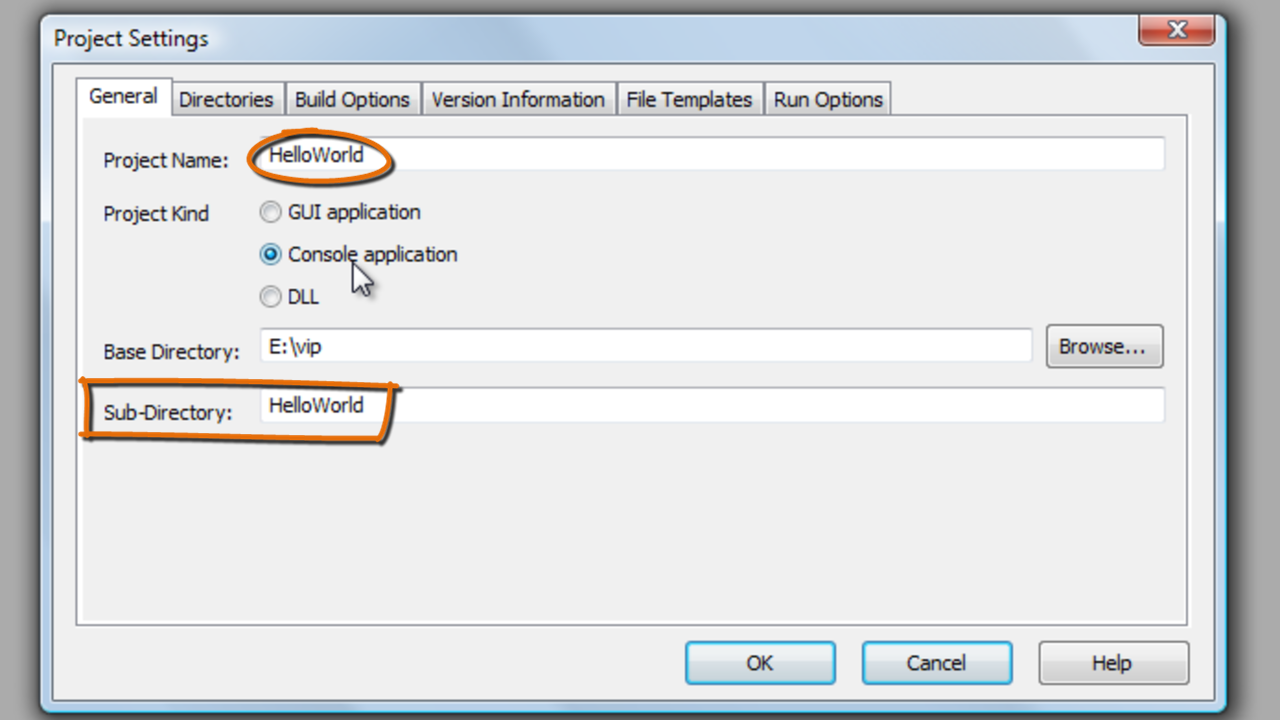
IDE • • • • • • • • • • • • • • • • • • • • In this tutorial I will give an overview of the Integrated Development Environment (IDE).The IDE is used to create, develop and maintain your Visual Prolog projects. Briefly speaking you will use the IDE for the following tasks in a project life cycle: • Creation: The project is created in the IDE, at creation time you choose important properties of your project, such as whether the project is an executable or a DLL, whether it uses GUI or is text based, etc. • Building: The project is built, i.e. Compiled and linked, from the IDE.
Submit File/Crack; Contact. Visual Prolog 7.5 Build 7500 + keygen crack patch. January 21, 2018. Copy Download Link (paste this to your browser).
• Browsing: The IDE and the compiler collect information about the project, which is utilized in various ways for quick localization of entities, etc. • Development: During the development and maintenance of the project, the IDE is used to add and remove source files and GUI entities to the project and to edit these. • Debugging: The IDE is also used for debugging the project. The debugger is used to follow program execution and exploit the program state when the program runs.In the sequel we will look more detailed at each of these things. Notice that the tutorial will start from scratch and create a project that is used for the whole tutorial.
The reader is encouraged to do the same. Also notice that clicking on reduced pictures will show them in full scale in a separate window.
Contents • • • • • • Creation First we will create a project by selecting Project -> New. In response to this you are presented to a dialog containing various properties of the project. I have chosen that my project should have the name tut01. The project name is also used as the name of the target that is produced. In this case the target is an exe file so the target name will be tut01.exe. I have also chosen that the target should be a GUI program, i.e.
A program with a graphical user interface. The Base Directory is the 'base' of all your projects; you should choose a place that is convenient for you.
The new project will be created in a Sub-Directory of the base directory. By default this directory have the same name as the project itself. The Package Prefix is used when creating new 'packages' in the system (a later tutorial will explain about the package notion). In case your source files will ever be shared with somebody else it is a good idea if the prefix does not conflict with other prefixes. Therefore it is a good idea to use a prefix that start with a reverse Internet domain name, like com/visual-prolog (which is the reverse of visual-prolog.com). For the moment you do not need to consider the remaining tabs and options. Now create the project by pressing OK.
Is not a good application for your computer. Software Application Disclaimer This page is not a recommendation to remove Summit Indica Unicode by Summit Information Technologies Pvt. This page simply contains detailed info on how to remove Summit Indica Unicode in case you want to. From your computer, nor are we saying that Summit Indica Unicode by Summit Information Technologies Pvt. Summit indica unicode software free full.
The IDE will now look something like this: You have the Project Window, which contains information about the entities in your project. You have the Messages Window, which will contain various status and progress messages.
Building Before we make any modifications, we will build (i.e. Compile and link) the project. In the Build menu you find commands for building, compiling and executing the project. If you choose Execute the project is first build, so that it is an up to date version you execute. Therefore I will choose Execute. If you have not registered Visual Prolog you will be presented to a special screen telling you so. Adobe photoshop cs 6 offline activation keygen crack patch 1.
I will suggest that you register, but you can also choose 'Continue Evaluation'. In the Messages Window the IDE writes which files are compiled, etc. If the build process succeeds, which it does in this case, the created program is executed.
As a result you will see a little doing-nothing GUI program. You might notice that the program looks a bit like the IDE itself. This is no coincidence since the IDE is actually a Visual Prolog program. Later in this tutorial we will also see what happens, if the compiler or the linker detects errors in the build process.
Browsing Right now we will turn our eyes to the Project Tree in the Project Window, and explore that a bit. The tree itself is presented in a standard Windows tree control so you should already be familiar with its usage. Here we shall concentrate on the contents of the tree. Right now the project tree will look like this: The top node represents the project, and the project directory.
Right below that is the logical node $(ProDir) which represents the directory in which Visual Prolog is installed. This directory contains (as we shall shortly see) libraries and library code from the Visual Prolog system.
Then comes another directory TaskWindow, which is a subdirectory of the project directory. This directory contains all the code needed to produce the Task Window, its menu and toolbar and the about dialog. Finally, you see a number of files.